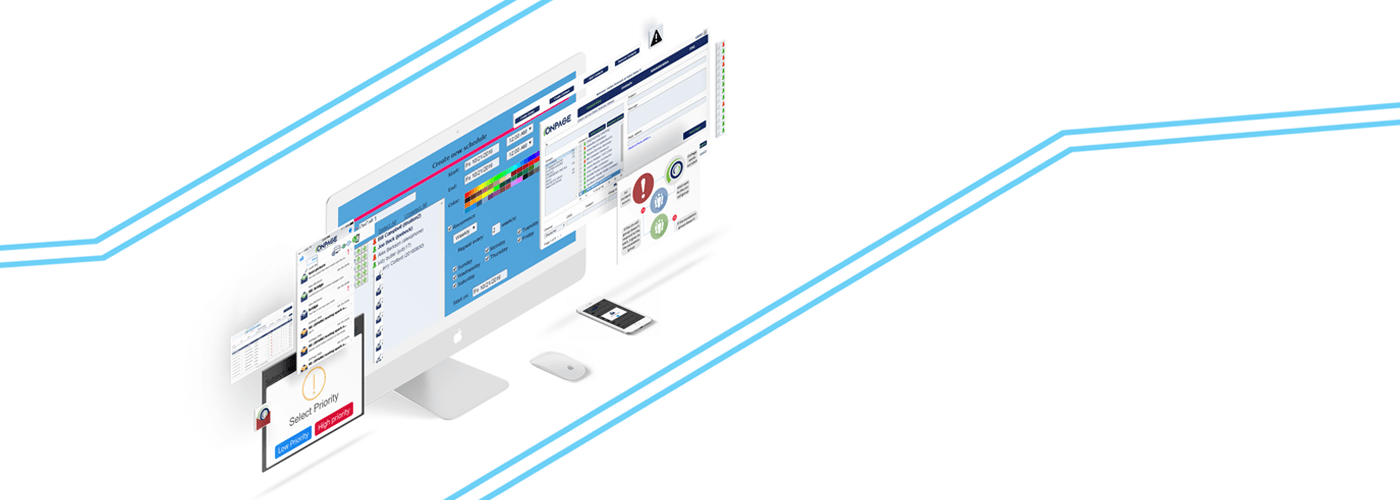OnPage 2.0

What is OnPage 2.0?
Over the past few months we have been meticulously adding to our core functionality. While we are always updating our code to improve our customers’ experience, these most recent updates are almost transformational. We have now developed what we affectionately call OnPage 2.0
OnPage 2.0 represents the updated technology and functionality along with many new enhancements that not only further empower teams but also amplify alerting capabilities. The goal of this document is to highlight these new capabilities and explain how they can help you and your team take further advantage of the OnPage alerting engine.
TEAMS
Using OnPage’s new API, reporting and group to group functionalities, teams can expand their capability to respond to alerts. These new functionalities provide teams with greater intelligence about the alerts they are sending and receiving. Additionally, teams will can also better support alerts by having multiple ways to create alerting contingency plans.
API v2
OnPage API v2 is an update to our original API which developers could use to integrate with our core alerting functionality. With API v2, developers and OnPage users can now extend the OnPage functionality with ease by using API callbacks. The updated API allows users to know the message status and the OnPage ID (OPID) status.
This additional functionality is key for enabling developers to know if a message they have sent to an OPID is going to someone who has the OnPage application enabled or has logged off. Moreover, the updated API will allow developers to see message status callbacks.
Group to Group
Group to Group messaging allows OnPage administrators and users to add further robustness to their alerting. Managers can still enable alerts to go to groups. However, with the addition of group to group, managers can have alert fail-overs escalate to an entirely separate group which can, in turn, escalate to yet another group.
The advantage this escalation provides is that it allows managers to provide an extra layer of assurance to normal alerting schedules. By employing group to group, team managers can add a group which is the “alert of last resort” which would be alerted if absolutely no one else is able to answer an important alert. This level of extra security might prove necessary if maintaining the uptime of a specific infrastructure or client is paramount.
ALERTS
The new and updated ConnectWise Manage, ServiceNow and Slack technologies under the OnPage 2.0 hood provide users with enhanced ways to manage alerts. Users can now manage alerts by either directly updating tickets from the OnPage app or through taking part in a Slack conversations.
ServiceNow
ServiceNow is a tool used throughout the IT and DevOps worlds to consolidate IT alerts. Ticketing not only provides a record of when alerts come in but also allows NOC teams to assign events on the fly. Additionally, technology teams can have a much better sense of the volume of alerts when they use ServiceNow ticketing. Understanding the volume of alerts can also enable a much better understanding of which technologies are producing the alerts.
When integrated with OnPage, this ITSM software allows users to better manage ITIL processes, reduce costs, lower risk, improve business agility and meet customer-facing SLAs. The OnPage engine allows users to consolidate alerts from ServiceNow on a smartphone in the form of text alerts with attachments. As such, managers can take control of complex situations.
Slack
OnPage has also updated its Slack integration. Slack has been part of the OnPage family for over a year. Recently though, the integration was updated so that now Slack users can send alerts and receive messages in reply from both OnPage IDs as well as OnPage groups.
For example, if a Slack conversation between users identifies an important IT issue, one of the engineers can easily reach out for help by contacting the engineer on-call or a subject matter expert on their OnPage account through the Slack thread.
Conclusion
You can stay in the know on all of our OnPage updates by reading our posts on the New Features section of our website.




